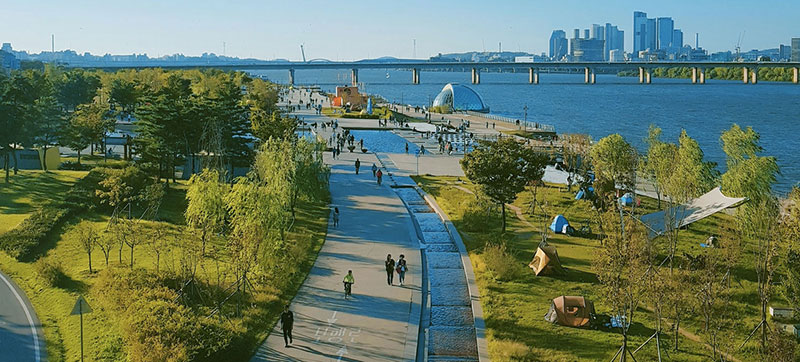 COVID19
COVID19
Air quality improvements from COVID lockdowns confirmed
New York: COVID-19 lockdowns brought rapid and “unprecedented” improvements in air quality in some parts of the world - but not enough to halt climate change caused by global warming, UN weather experts said on Friday.
According to the World Meteorological Organization (WMO)’s Air Quality and Climate Bulletin, South East Asia saw a 40 per cent reduction in the level of harmful airborne particles caused by traffic and energy production in 2020.
China, Europe and North America also saw emissions reductions and improved air quality during the pandemic’s first year, while countries such as Sweden saw less dramatic improvements because existing air quality contained comparatively lower microparticle levels (PM2.5) of harmful sulphur dioxide (SO2), nitrogen oxides (NOx), carbon monoxide (CO) and ozone (O3).
Atmospheric experiment
Dr Oksana Tarasova, chief of WMO’s Atmospheric Environment Research Division, explained that although the clean air development had been welcome for many people with breathing difficulties, the absence of harmful microparticles left the path clear for naturally occurring ozone, “which is one of most dangerous pollutants”.
“So, despite such an unexpected experiment with atmospheric chemistry, we noticed that in many parts of the world, even if you take down the transport and some other emissions, air quality would not meet the requirements of the World Health Organization (WHO),” she told journalists in Geneva.
‘Godzilla’ storm
Although human-caused emissions of air pollutants fell during COVID-19 movement restrictions and the accompanying global economic downturn, weather extremes fuelled by climate and environmental change triggered unprecedented sand storms including the June 2020 “Godzilla” dust cloud – the largest African dust storm on record - and wildfires from Australia to Siberia, which have worsened air quality significantly.
“This trend is continuing in 2021,” said WMO, pointing to devastating wildfires in North America, Europe and the Russian tundra, that have “affected air quality for millions, and sand and dust storms (that) have blanketed many regions and travelled across continents”.
4.5 million pollution victims
The UN agency noted that air pollution has a significant impact on human health. Estimates from the latest Global Burden of Disease assessment show that global mortality increased from 2.3 million in 1990 – with 91 per cent owing to particulate matter, nine per cent attributed to ozone - to 4.5 million in 2019 – 92 per cent from particulates, eight per cent from ozone).
The Air Quality and Climate Bulletin – WMO’s first – is based on studying key air-pollutants from more than 540 observation stations in and around 63 cities from 25 countries, across the world’s seven geographical regions.
Analysis showed decreases of up to 30–40 per cent overall of PM2.5 concentrations during full lockdown in 2020, compared with the same periods in 2015–2019.
WMO noted however that PM2.5 levels “exhibited complex behaviour even within the same region, with increases in some Spanish cities, for instance, which were attributed mainly to the long-range transport of African dust and/or biomass burning”.
Changes in ozone concentrations varied greatly across regions, ranging from no overall change to small increases - as in Europe - and larger increases (up 25 per cent in East Asia and up 30 per cent in South America).
Sulphur dioxide concentrations were 25 – 60 per cent lower in 2020 than during 2015–2019 for all regions, according to WMO’s Bulletin. Carbon monoxide levels were lower for all regions, with the largest decrease in South America, of up to approximately 40 per cent.
Wildfire cooling
Paradoxically, while intense wildfires generated “anomalously high” microparticle pollution in several parts of the world in 2020, WMO explained that forest fires in southwestern Australia in December 2018 and January 2019 “also led to temporary cooling across the southern hemisphere, comparable to that caused by ash from a volcanic eruption”.
Support Our Journalism
We cannot do without you.. your contribution supports unbiased journalism
IBNS is not driven by any ism- not wokeism, not racism, not skewed secularism, not hyper right-wing or left liberal ideals, nor by any hardline religious beliefs or hyper nationalism. We want to serve you good old objective news, as they are. We do not judge or preach. We let people decide for themselves. We only try to present factual and well-sourced news.







